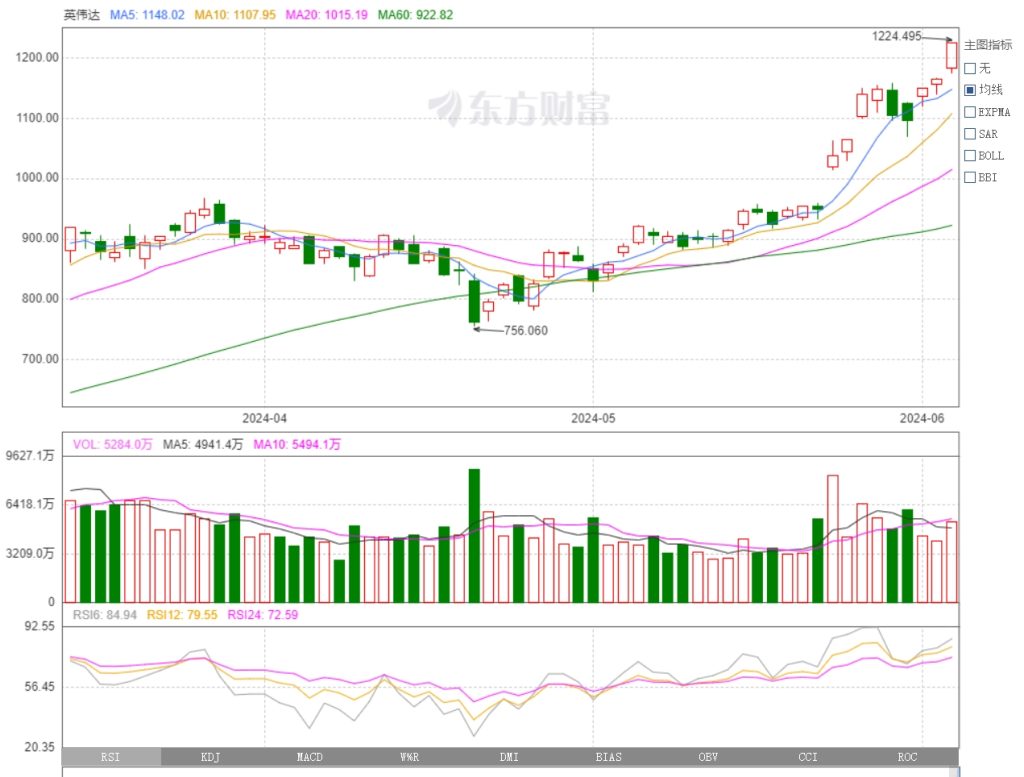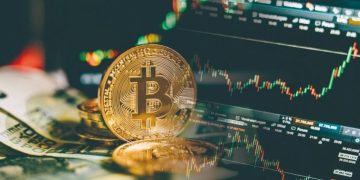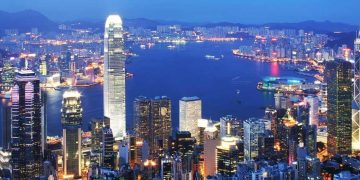[The sky is the limit? Wall Street is Shouting: Nvidia’s wild road is far from over!] Since the explosion of the artificial intelligence (AI) boom, Nvidia has been the hottest stock on Wall Street, with its share price and earnings beating expectations by a wide margin. But with such a strong rally going on for so long, one wonders if Nvidia has run its course. The answer from many Wall Street analysts is: There is still room to go higher!
Eastern time on Wednesday (5th), the “AI leader” Nvidia rose more than 5% to $1,224.40, once again hitting a new record high. Its market value also exceeded $3 trillion, surpassing Apple and becoming the second most valuable company in the world, after Microsoft.
In fact, since the explosion of the artificial intelligence (AI) boom, Nvidia has been the hottest stock on Wall Street, with its share price and earnings beating expectations by a wide margin. But with such a strong rally going on for so long, one wonders if Nvidia has run its course. The answer from many Wall Street analysts is: There is still room to go higher!
Wall Street agrees
Analysts at Bank of America recently raised their price target on Nvidia again to $1,500, which is the high of Wall Street’s price target. The bank said Nvidia’s growth prospects justify its premium.
Adam Gold, founder and chief investment officer of investment advisory firm Katam Hill LLC, said: “It’s like trying to catch up with a marathon runner at full speed. He’s been racing for a long time. At the moment, he (Nvidia) has built up a big lead and is poised to expand that lead this year and next.”
Gold has owned Nvidia stock since 2016. Nvidia is now the largest position in his portfolio, and he continues to add to it.
The consensus on Wall Street is that Nvidia’s lead is unassailable, at least for now. Competitors have been unable to catch up with Nvidia when it comes to chips that power AI workloads.
The company’s recent earnings report showed that customers are still snapping up its existing H100 chips, even though a more advanced chip, the Blackwell, is set to launch later this year. Capital expenditure forecasts from big tech companies show they plan to spend even more on AI computing infrastructure than previously thought.
Michael Kirkbride, partner and portfolio manager at Evercore Wealth Management, said the only thing preventing Nvidia from expanding sales is that supply can’t keep up.
He also added that the visibility of Nvidia’s big customers and growing demand from other industries make its valuation “very reasonable.”

The sky is the limit
According to media estimates, the average analyst estimate for Nvidia’s net income this fiscal year has jumped to $65 billion from $30 billion last fiscal year. And in the past month alone, those forecasts have risen 10 percent. What’s more, not only are Nvidia’s profits growing, but so are its margins. Analysts expect Nvidia’s gross margin to rise to 76 percent this fiscal year from 59 percent two years ago.
While Nvidia shares are relatively expensive, trading at 39 times expected earnings over the next 12 months, they are well below the 60 times they traded before the company’s May 2023 earnings report. The change in the ratio shows that analysts’ profit expectations are rising faster than stock prices.
Michael O ‘Rourke, chief market strategist at Jonestrading, said that makes Nvidia more attractive compared to other big tech companies like Microsoft, which trades at 32 times rolling earnings.
“At a similar valuation, Nvidia’s growth is much stronger. For a company with a huge market cap, there is no competition for that kind of fundamental growth.” ‘he said.
Of the 72 analysts who cover Nvidia’s stock tracked by the media, 65 rate it a “buy” and none rate it a “sell.” Even the analyst who has been bearish on Nvidia describes it as “a great company with an extraordinary product,” though he still thinks the stock is in a bubble.
Rob Arnott, founder of Research Affiliates, an asset management firm, says, “Bubbles continue until they disappear. In a bubble, the best course of action is to stay the course and follow the crowd until the bubble bursts. But that’s the challenge: it’s almost impossible to know when the bubble will burst.”

































